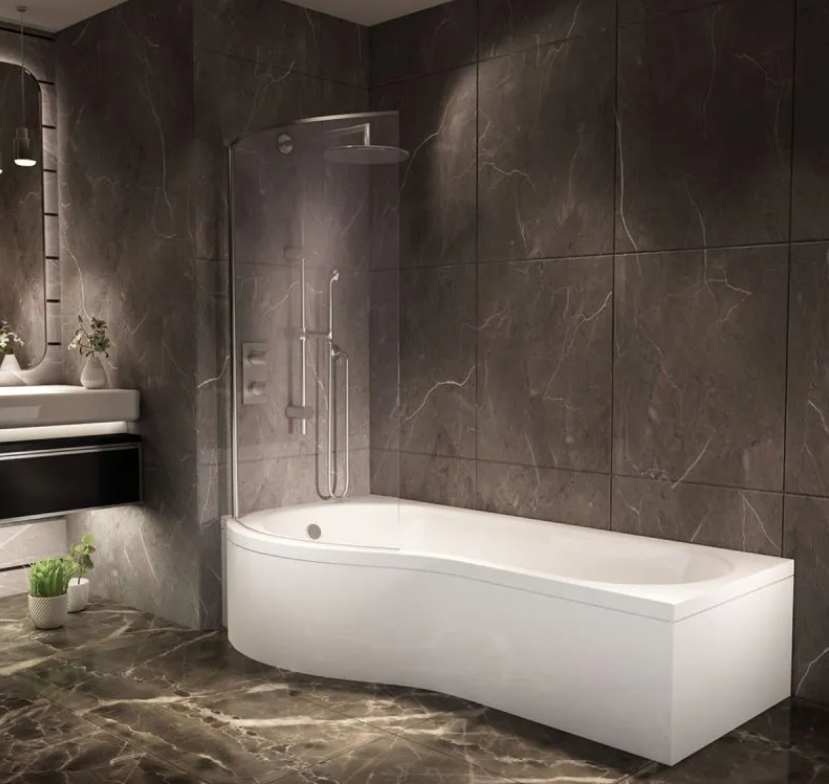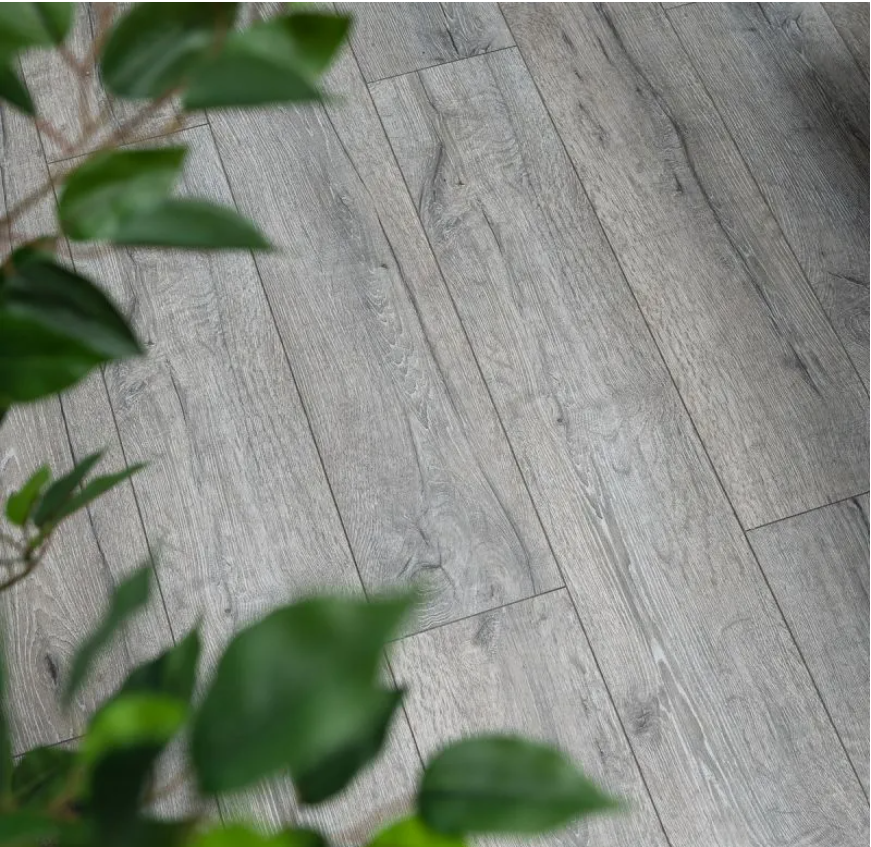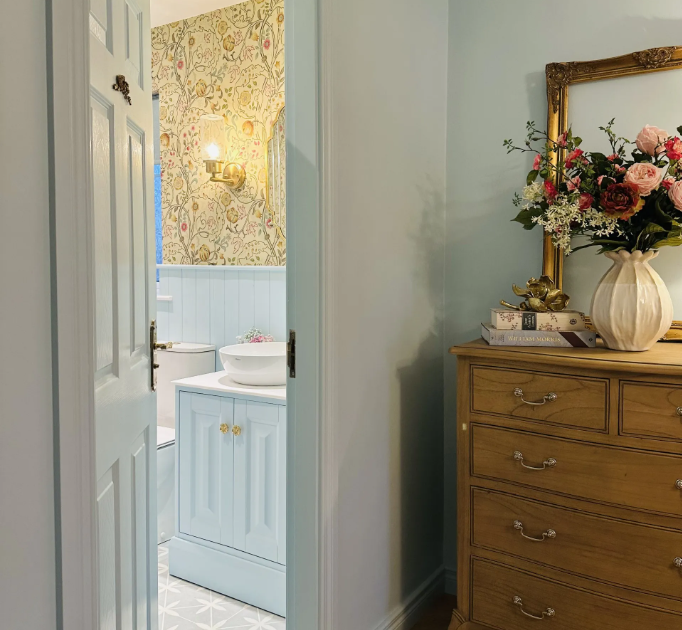Can you paint tiles?
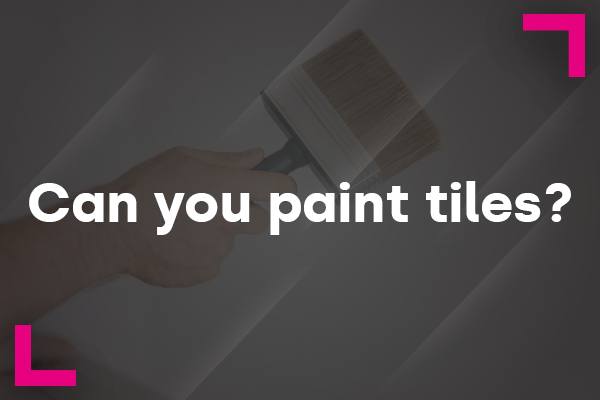
If you want to freshen up your bathroom but don’t have the budget for new tiles, then a great compromise is painting over existing tiling to breathe new life into the space.
A common question amongst homeowners is whether or not painting tiles is possible – or a good idea. With this in mind, the following blog will look at answering these questions, so read to the end to find out more …
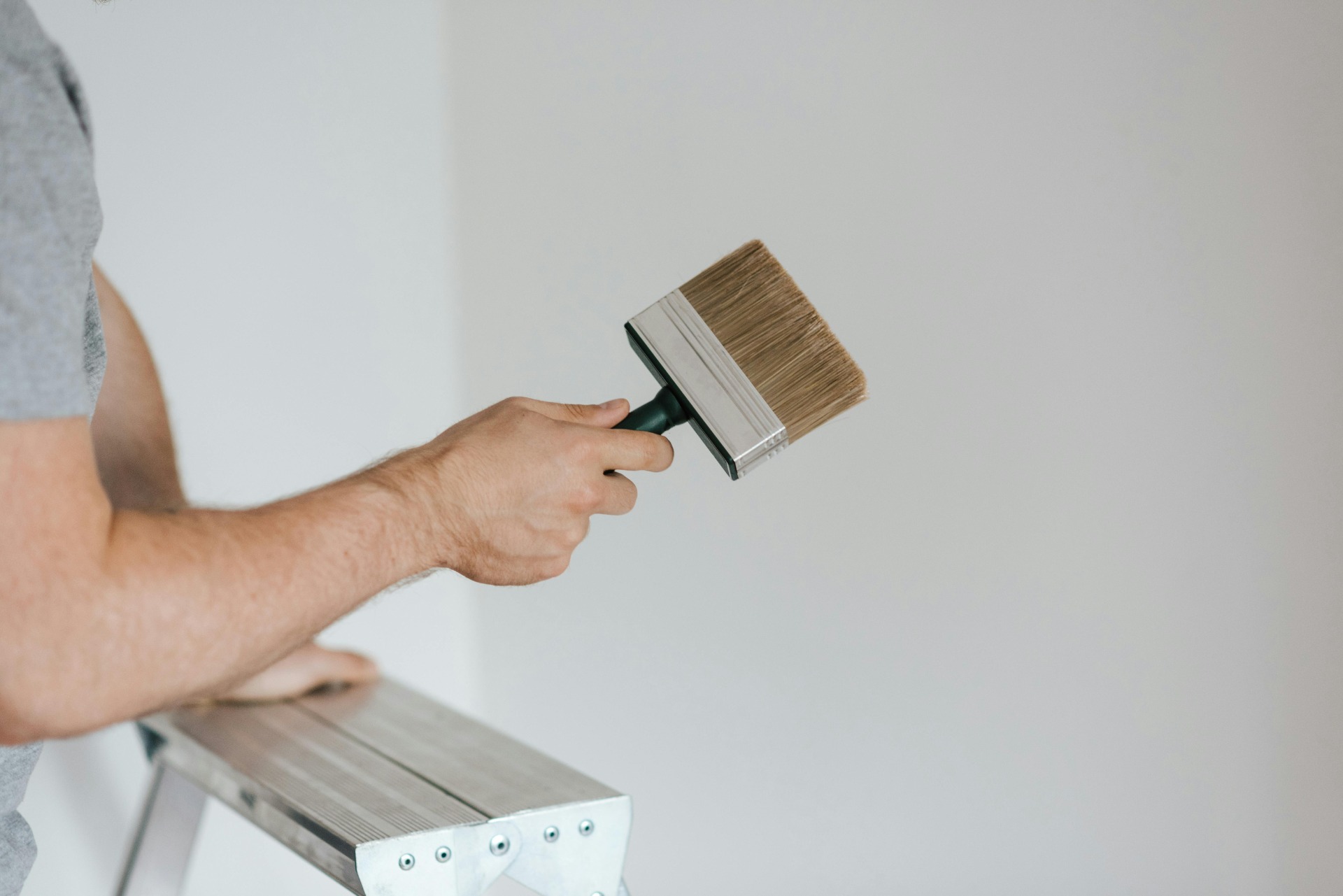
Painting over existing tiles is a quick way to freshen up your bathroom
Benefits of painting tiles
There are multiple benefits to painting tiles – both aesthetically and practically – so if you’re updating your bathroom and are contemplating painting over new tiles, then here are some points to consider:
- Cost-effective solutions: Painting tiles is a more budget-friendly way to update the look of your space, so if you want a quick way to brighten up your bathroom, it can be the ideal solution.
- Personalised interiors: The beauty of painting over existing tiles is that it gives you creative licence in terms of the colours you use and the patterns you might want to paint. If you can’t quite find what you want in a tile, for example, painting your own allows you to create a more personalised design which suits your specific tastes.
- Revamp your bathroom: Whether you’ve just moved into a home with tiles that look dated and aren’t to your taste or you want to change those you chose previously, painting tiles will quickly revamp the look of your bathroom. You can quickly rejuvenate worn-looking tiles with a fresh coat of paint, making the room more visually interesting and inviting, as well as modernising it with a fresh new look.
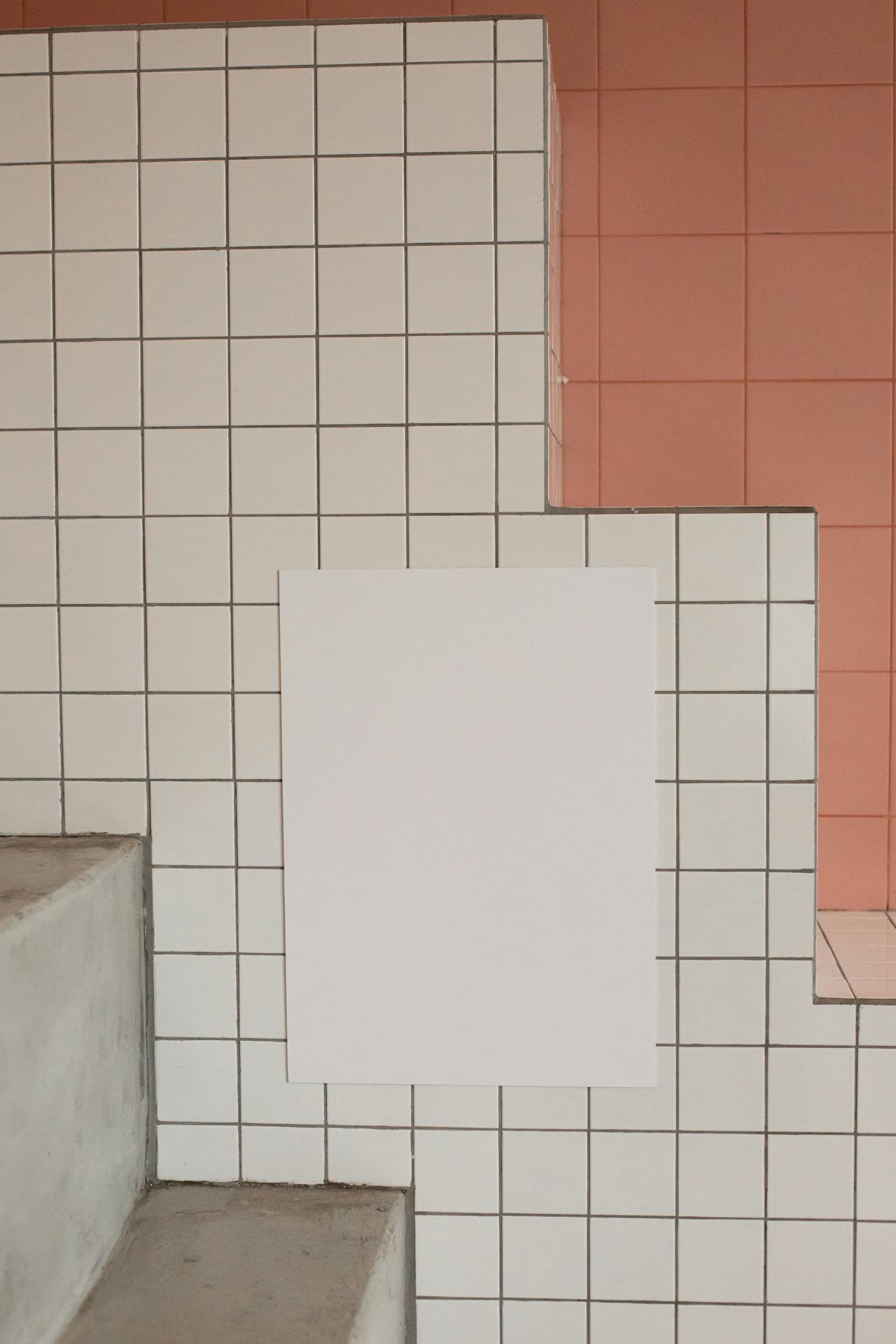
Always use paint that's suitable for tiles to ensure the best results.
-
Quick and easy: Compared to removing old tiles and installing new ones, painting tiles is a relatively quick and straightforward process as it requires minimal tools and can generally be completed fairly quickly.
-
Flexibility: Painting tiles gives you the flexibility to change the look of your space quite easily, while also giving you the opportunity to update them again with another repaint if you decide you want to change looks again later. It can therefore help you to avoid costly mistakes by buying pricier tiles you don’t like any more.
-
Sealant protection: Some types of tile paint provide a protective sealant, which can help to prevent water damage, stains and discoloration – particularly useful in humid spaces like bathrooms where the tiles are exposed to moisture.
-
Eco-friendly: Painting tiles can be more environmentally-friendly than replacing them since it reduces the amount of waste going to landfills and conserves resources which would be used in manufacturing new tiles.
However, it's essential to note that while painting tiles can offer many benefits, it may not be suitable for all situations. The longevity and durability of painted tiles can vary depending on factors such as the type of paint used, surface preparation and the level of foot traffic in the area. Additionally, painted tiles may require periodic touch-ups or maintenance to keep them looking their best.
How to paint your bathroom tiles
Clean the tiles
Before painting, it’s important to prep the surface of the tiles and clean them thoroughly to remove any dirt, grime or mould.
Use a mild detergent and water, scrubbing the tiles and grouting with a sponge or brush, then rinse well and allow them to dry completely. If any of the tiles are damaged, then it’s also best to repair these before painting.
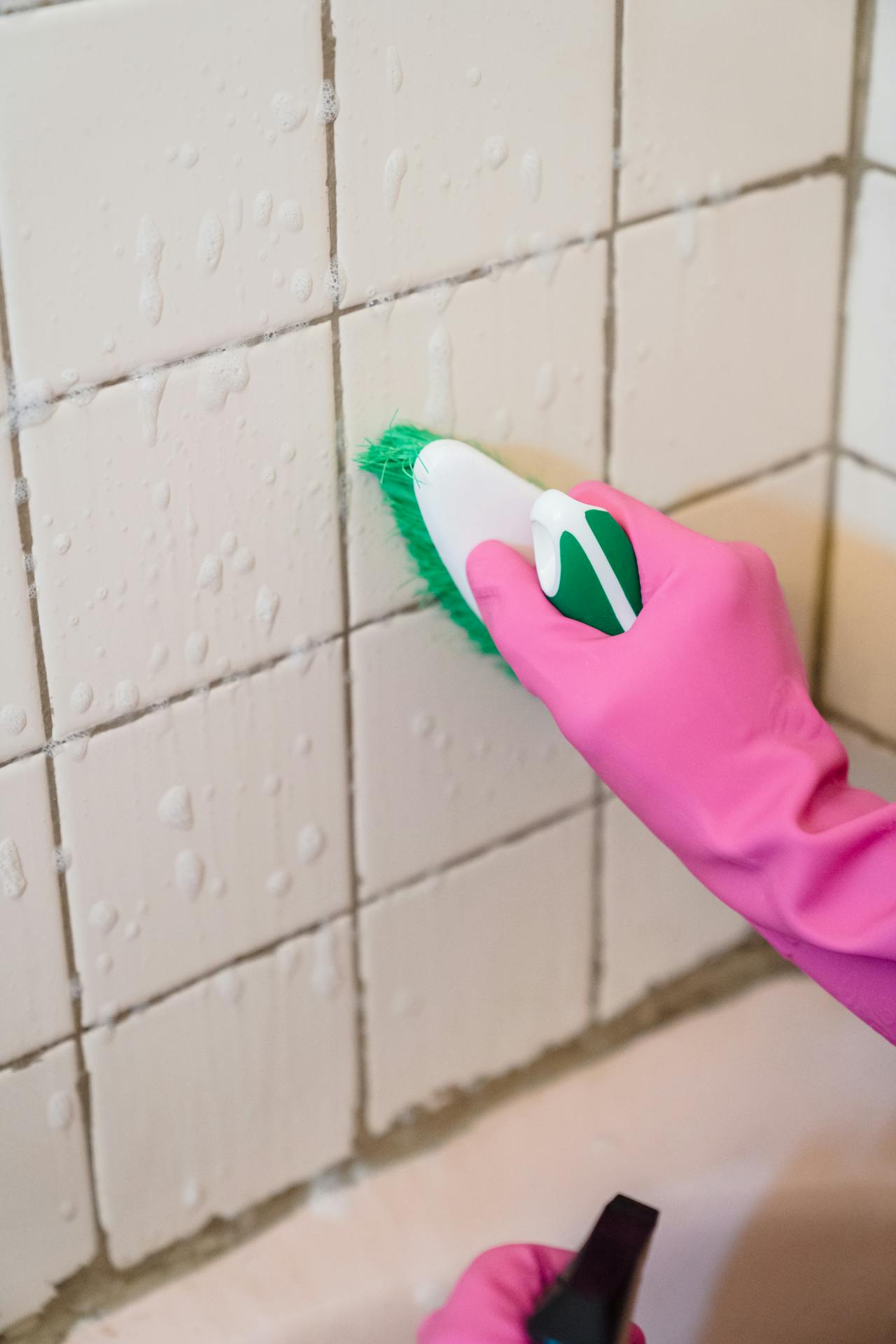
Always clean your tiles and grout before painting.
Sand and prime the tiles
Use fine-grit sandpaper to lightly sand the surface of the tiles as this will help to create a rougher texture, allowing the paint to adhere to them more effectively. Applying a bonding primer will also help with this – just remember to apply a thin layer and allow it to dry for about 24 hours.
Paint the tiles
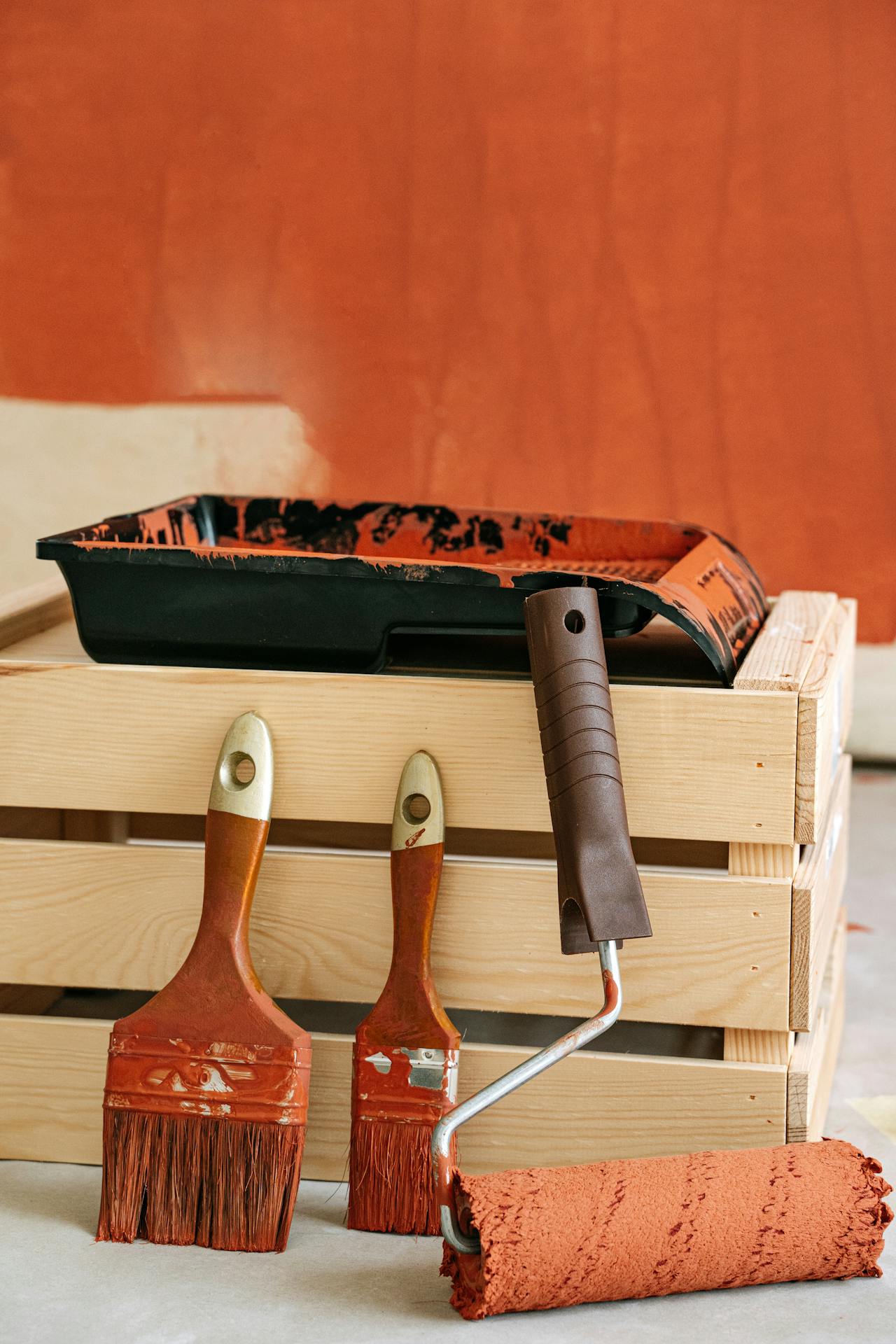
You can use paintbrushes or a roller to paint over your tiles.
Once the primer is dry, you can then paint your tiles, using either a roller or brush to apply thin, even coats. Always use a high-quality paint designed specifically for use on tiles, for the best results and a longer-lasting finish.
NB Always allow the paint to dry in between coats and remember that multiple thin layers of paint are better than one thick coat, as this will minimise brush strokes and help prevent peeling when it’s dry.
As well as painting your tiles in a block colour, you can also use stencils to create patterns – or, if you’re artistic, you might want to experiment freestyle …
Seal the tiles (optional)
Once the paint is completely dry, you can apply a clear sealant to protect the painted surface from moisture and wear. This step is particularly important for tiles in areas with high humidity or frequent exposure to water, such as bathrooms.
Let the paint cure
Allow the paint to cure for at least a few days before using the tiled surface, especially where water is involved, in the case of bathrooms. This will ensure that the paint has fully adhered to the tiles, providing a durable finish.
Aftercare for your painted tiles
While painting tiles is a great way to freshen up your bathroom, they will need touched up to maintain the look, as paint will always dull and chip over time. However, using gentle cleaners, such as soap and water and avoiding abrasive chemicals or scrubbing brushes will help to protect the paint as much as possible, giving it a longer life.
To view our full range of tiles, visit Tileshack.com and if you have any queries, just email us at info@bathshack.com, call us on (028) 9077 0188 or use our online chat.
